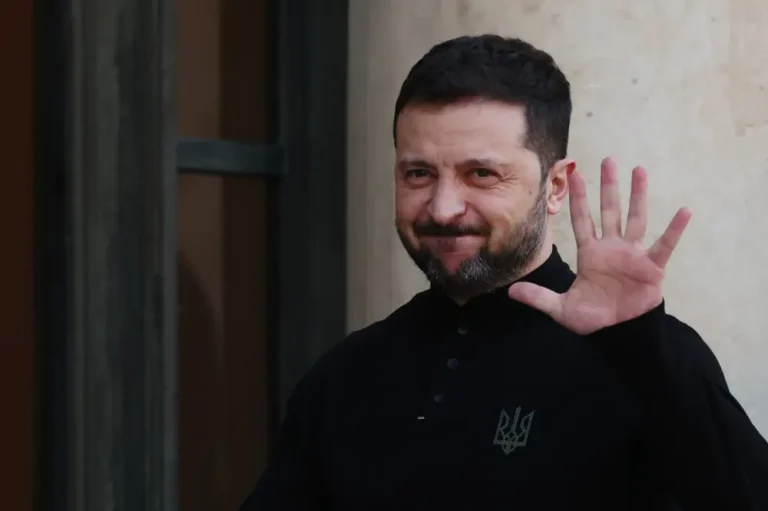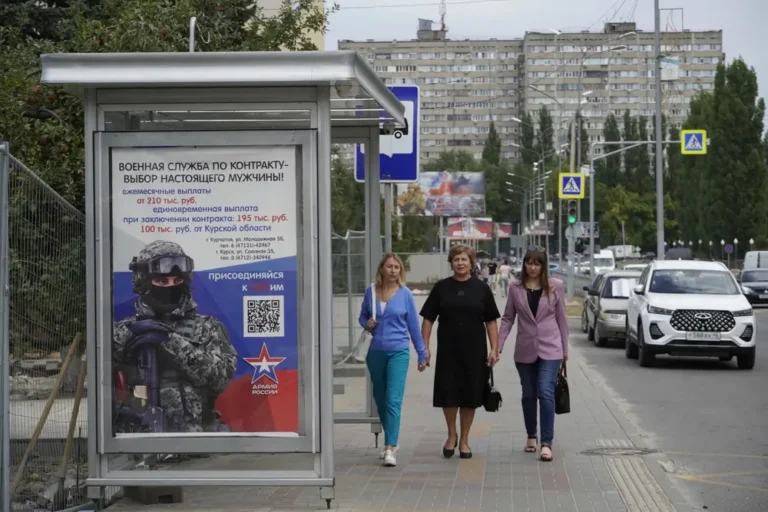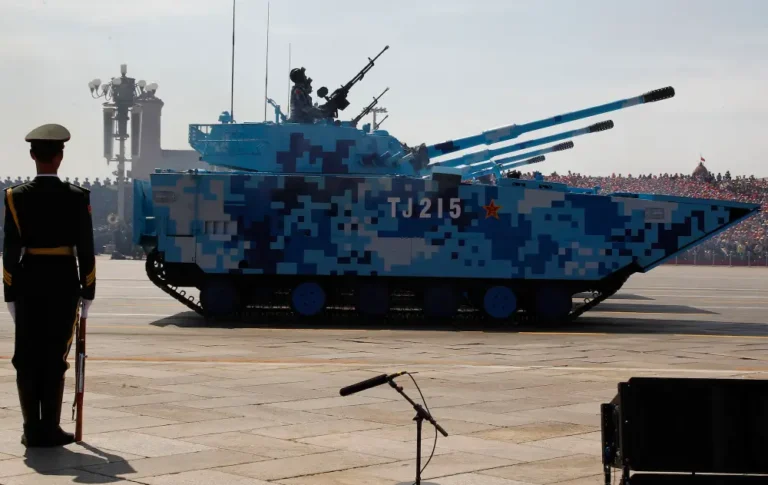Israel killed its most-wanted target thanks to 2 things: chance and persistence

Israel said it killed Hamas leader Yahya Sinwar on Thursday. Sinwar was widely known as the chief architect of the October 7 attacks.
After a yearlong war against Hamas that reduced much of Gaza to ruins, Israel on Wednesday killed its top target: the Hamas leader Yahya Sinwar.
It wasn’t sophisticated intelligence or advanced technology that enabled Israel to locate its mark, the man regarded as the architect of the October 7, 2023, terrorist attacks.
It was persistence and chance.
“It was the ‘when’ that was a matter of luck,” said Bashir Abbas, a fellow at the Stimson Center, a nonpartisan policy research center based in Washington, D.C.
“Since Israel have been following a scorched earth policy and have leveled a significant portion of Gaza to the ground, inevitably, they would have to have got Sinwar at some point.”
A year of searching
Sinwar had managed to stay hidden for a year, despite intensive Israeli attempts to locate him.
He traveled through Hamas’ sprawling tunnel network to evade detection. Israel said he kept a “human shield” of Israeli civilian hostages with him for protection.
Israel’s military persisted, using heavy weapons, including 2,000-pound bunker-buster bombs, to target areas under Gaza where Sinwar and other Hamas leaders could have been hiding.
Despite international pressure to leave Gaza and agree to a permanent cease-fire, Israel continued its campaign against Hamas with ground incursions and bombardments that Palestinian authorities say left more than 42,000 people dead.
During that time, Israel killed several Hamas leaders, including Mohammad Deif in Gaza, and Ismail Haniyeh in an audacious explosives attack in Tehran, Iran.
Israeli intelligence narrowed Sinwar’s location to the city of Rafah, where he repeatedly eluded them.
“I think people underestimate the fact that out of all the leaders Israel has taken out so far, it took the longest to get to Sinwar because he was in Gaza,” said Abbas.
“The Hamas networks and labyrinths made it difficult, whereas in Lebanon, or Tehran where Ismail Haniyeh was killed, it’s much more easy to be precise.”
A chance encounter
A unit from the Israel Defense Forces (IDF) 828th Bislamach Brigade conducted Wednesday’s operation in Gaza.
Trainee squad commanders were taking part in a routine patrol of Tal al-Sultan, an area of Rafah, when they chanced upon three militants and exchanged fire, Israeli officials said.
Unbeknownst to them, one was Sinwar.
He ran into a nearby building, and the soldiers sent a drone after him. On Thursday, the Israeli military released footage from the drone showing Sinwar, wounded in the hand, covered in dust, his face hidden by a scarf.
Not long after, a tank opened fire on the building, killing Sinwar.
It was not until the next morning that the IDF realized who it may have killed. Part of a finger was sent back for DNA testing, confirming it was Sinwar.
“This wasn’t a Haniyeh-style precise assassination,” said Urban Coningham, a research fellow at the Royal United Services Institute. “This is luck.”
What next?
Sinwar’s death may prove a pivotal moment in the conflict. President Joe Biden called on Israel to use the moment to broker a cease-fire to return the remaining Israeli hostages in Gaza home.
“It’s sort of similar, if not more impactful than when the US finally managed to get Bin Laden,” said Coningham. “This is a major security success for Netanyahu and for restoring the Israeli people’s confidence in IDF after October 7.”
However, the future remains unclear, with analysts at the US Institute for the Study of War saying on Wednesday that Hamas would be unlikely to back down from the demand for a permanent cease-fire in Gaza, a sticking point in ceasefire negotiations.
“It’s the oldest lesson from counter-insurgency campaigns in the past,” said Abbas of the Stimson Center, pointing to deaths of former ISIS and Hezbollah leaders.
“Just because you decapitate an organization’s leadership does not mean the organization is finished.”
There are fears that the conflict could spark a wider war in the Middle East.
Ahmet Kaya, a principal economist at the UK’s National Institute of Economic and Social Research, previously told B-17 that the growing conflict could “exacerbate the instabilities in the global economy, further increase the uncertainties, harm disinflationary efforts, and eventually reduce the global GDP growth.”






